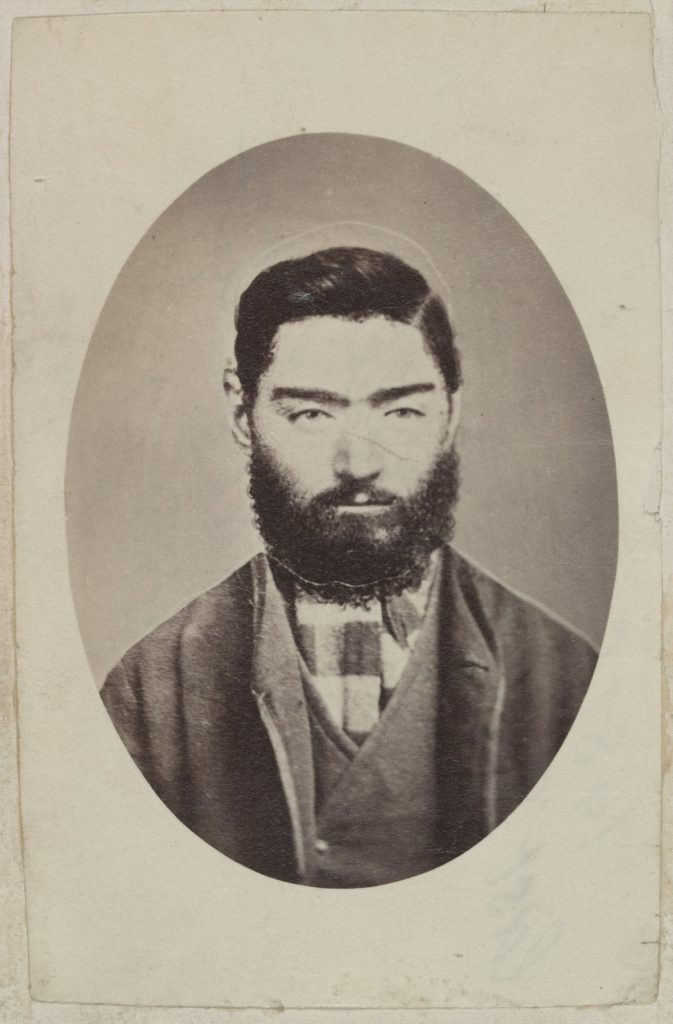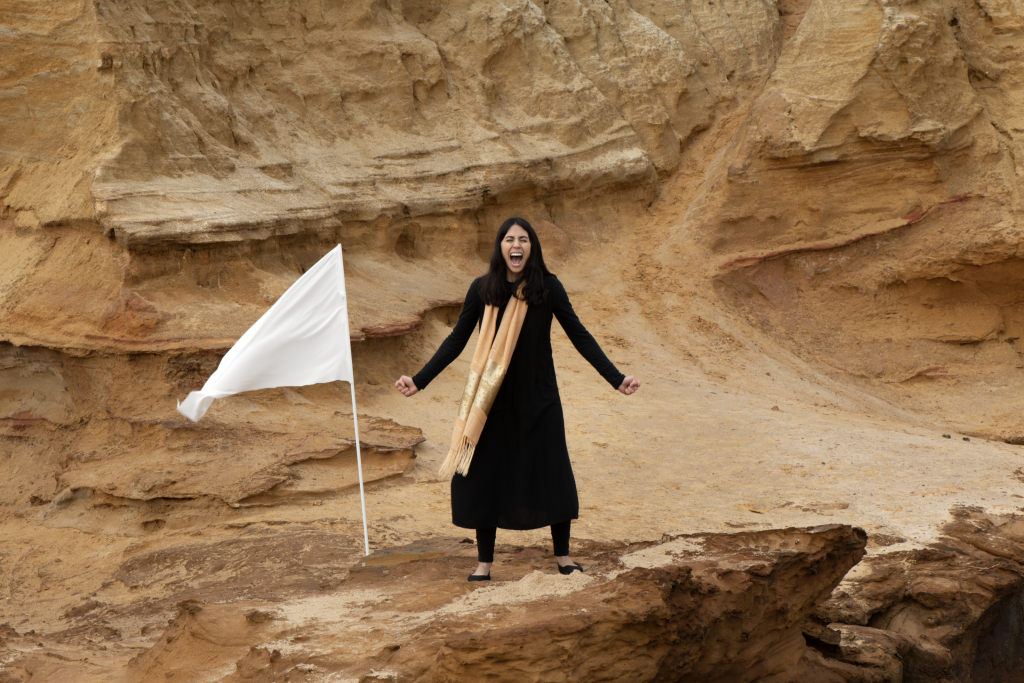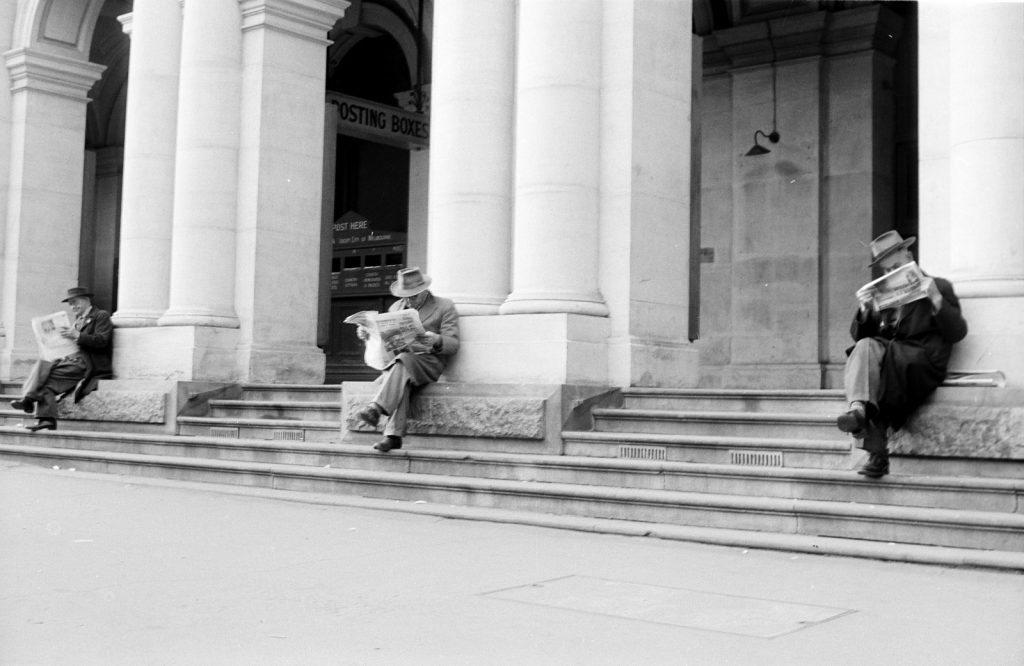
‘The government doesn’t lie. It engages in misinformation‘ — George Carlin, Euphemisms
In a world where news events unfold in real time via social media, misinformation is probably one of the most pressing issues for librarians today.
This isn’t to suggest that misinformation has never been present when humans communicate, but the vectors where it intersects with the information we consume daily have increased to the point where almost any information presented to us can no longer be taken at face value. This is aided and abetted by social media algorithms that favour self-similarity and lead to echo chambers, and increasingly sophisticated generative AI that model human behaviour to unnerving ends, not to mention invasive online advertising that harvests our personal data.
In this context, it is perhaps not surprising that the Digital News Report: Australia 2024, published by the University of Canberra, reports that trust in news reporting in Australia has decreased. Of those surveyed, 75% had concerns around misinformation (up from 64% in 2022). This plays into the perception of the trustworthiness of the news reporting that people encounter in the media. Sensationalism, bias, and lack of transparency are the top factors influencing public perception of journalistic integrity, and it’s no coincidence that these can all be considered signifiers of misinformation.
State Library Victoria’s brand new Misinformation research guide gathers resources held in the Library’s collections adjacent to the four case studies examined in the new Make Believe: Encounters With Misinformation exhibition, as well as tools to help identify misinformation and fake news. The information presented has been tailored for everyone, rather than just an academic, student or technical audience. The guide will remain as an active resource after the exhibition closes, as the contexts and currents of misinformation remain ever shifting and nebulous.
Case study 1: Advertising, Australia and distorting reality

How does advertising shape our perception of the world and reality? If you are a fossil fuel company, you can simply control the narrative by creating a campaign advocating for the beauty and grandeur of the Australian environment — despite the petroleum industry directly threatening that very same environment! Wiradjuri and Ngiyampaa artist Charlotte Allingham (a.k.a. Coffin Birth) responds to this historical campaign by reinserting First Peoples’ voices back into these images, which would otherwise constitute a sanitised reflection of the barbaric colonial history, dispossession, and resource depletion of so-called ‘Terra Nullius’.
Case study 2: Photography, archives and falling for fakes

Scotty So’s art plays with the notion that an image isn’t always what it seems, exploring the relationship between photography, beauty, and authenticity, often situated within the context of his Chinese heritage. When So found images of European magicians impersonating Chinese people in the Library’s collection, he was disappointed in how they appropriated and reduced Chinese culture to mere costumes or stage props: ‘It was like seeing a picture of someone wearing a Halloween costume that ended up in a historical archive.’
There are other examples in the collection of how photography has manipulated reality from its early days; such as the touching up of what were considered ‘unseemly’ features like freckles in the Rosenberg collection of glass plate negatives, and this 19th century ‘deepfake‘ of Ned Kelly concocted from multiple sources.

Case study 3: Anatomy, biases and understanding the clitoris
No surprise that in a patriarchal society, issues relating to women’s health are subject to erroneous, and often outrageous, misinformation. Victorian academics Professor Helen O’Connell AO and Dr Jennifer Hayes, with occupational therapist Anita Brown-Major, have redressed health and science misinformation about the labia and clitoris, finding that anatomical information about women’s genitalia has been influenced more by social and political currents throughout history, than by scientific accuracy. Moreover, artistic interpretations of bodies have shaped how visual information is depicted — even in scientific textbooks. This medical misinformation has led to real-world impacts, including botched surgeries, unnecessary operations, and social issues around body image.
Case study 4: Art, poetry and resisting censorship

Iranian Australian artist and academic Sofi Basseghi’s artwork was informed by research she undertook as part of her State Library Victoria fellowship in 2023. Her video, a collaboration with actor and performer Salme Geransah, celebrates the role that art and poetry have played in preserving cultural knowledge and the lived experience of women during times of political censorship. Drawing inspiration from Nizami Ganjavi’s Khamsa alongside Persian women’s poetry from the past 1000 years, Sofi recentres women’s voices to address this imbalance.
Misinformation thrives when certain voices are suppressed. Concerningly, reports of book bans and attempts to restrict access to material in libraries are becoming more frequent. Speaking in 2018 at the Stephen Murray-Smith Memorial Lecture, writer Alexis Wright comments that the dangers presented by censorship are insidious, Orwellian, and will ultimately lead to an isolated and disconnected society — a future where we are silenced from sharing our stories:
What would this world look like? Would we become even greater strangers to each other? How would I know who you are or how you felt, or what you thought, or what it is like to be you in a world that is in desperate need of creating greater world competency in our understanding of each other?
Fake news and fact-checking

The phenomenon of fake news predates the profession of journalism itself, and historical examples include future Roman emperor Octavian’s misinformation campaign against political rival Mark Antony in first century BCE.
More recently, however, fake news has become a contentious term often used by politicians to discredit news platforms that do not represent their interests or agenda. The term is often used interchangeably with propaganda. IFLA, the International Federation of Library Associations and Institutions, provide a great infographic that can help to determine whether or not an article or media source is fake news. Some clues can be in things like clickbait headlines, lack of supporting sources or evidence, and biases or emotional appeals in the article’s content — as well as the way that we tend to view new information in line with our existing beliefs, a phenomenon known as ‘confirmation bias‘.
Fact-checking has always been an important part of journalistic praxis. There has been an uptick in the online fact-checking industry in the wake of events that have been heavily affected by misinformation, such as Brexit or the Covid-19 pandemic. National and international sites such as AAP Factcheck and Politifact are useful tools to check the veracity of news articles and websites.
Media and information literacy skills

Misinformation can be considered a symptom of living in the Information Age — as we are being constantly bombarded with information, it’s not possible to fact-check and verify absolutely everything! By keeping our media and information literacy skills up-to-date, we can learn to identify misinformation whenever we do encounter it. A healthy dose of critical thinking a day keeps fake news away, so my GP tells me. So, consider the Currency, Reliability, Authority and Accuracy, and Purpose of any news articles, books, or websites you’re reading, or sift through the CRAAP in other words!
Make Believe: Encounters with Misinformation will run from 16 April 2025 until 26 January 2026 in the Keith Murdoch Gallery, accessible via the Swanston Street Welcome Zone.
The Misinformation research guide is available online, along with all our other research guides.

